The positive and negative electrode and diaphragm materials are conducive to the analysis of battery performance parameters such as power density, energy density, safety, reliability, discharge stability and durability.
Search:
Lithium batteries are one of the most commonly used energy storage devices for electronic devices, fixed power supplies and electric vehicles.
While manufacturers and suppliers strive to increase capacity, reduce charging times and extend life cycles, they must also ensure compliance with quality and safety standards.
The battery quality management of the whole manufacturing cycle runs through the quality control of all aspects of battery production, accelerating the arrival of the era of energy electrification

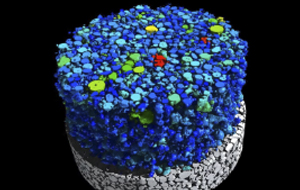
The positive and negative electrode and diaphragm materials are conducive to the analysis of battery performance parameters such as power density, energy density, safety, reliability, discharge stability and durability.
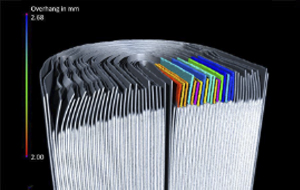
Pole alignment, powder drop, crack, air gap, pore density inclusion, copper tear
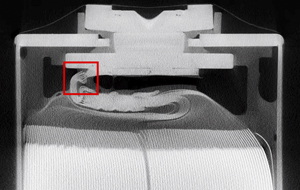
Polar ear tear, fold welding quality inspection
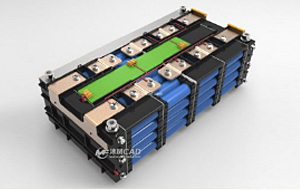
Cycle stage test, puncture, extrusion, charge and discharge, glue area
3D scanning, defect detection, OVERHANG inspection, dimensional measurement, foreign object detection and failure analysis for all types and sizes of batteries
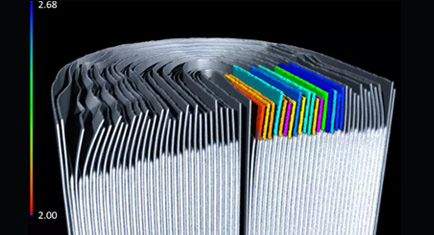
3D CT detection can clearly and accurately measure the coating length at each profile position and find defects.
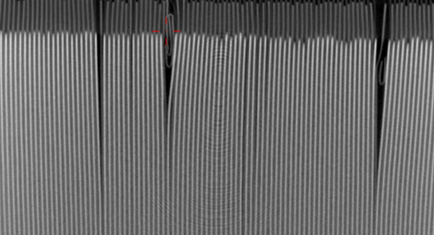
3D CT detection can clearly and accurately measure the coating length at each profile position and find defects.
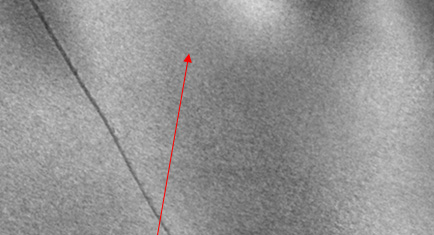
3D CT detection can clearly and accurately measure the coating length at each profile position and find defects. Pole plate penetrating tear
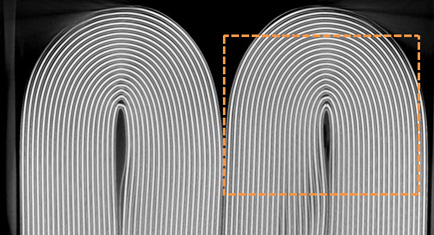
At the bend of the innermost ring of the positive electrode sheet, it was found that the positive electrode material fell off due to poor hot pressing process.

The bending process of soft connection is random, the shape is "uncontrolled", and the key dimensions can be measured to form a record database.
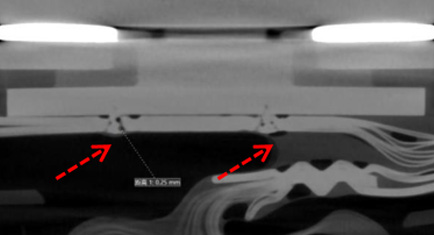
The two rows of laser welding between the soft connection and the boss are observed by cutting from three different directions to find the welding uniformity and measure the corrosion depth of the laser welding.

Compared with traditional detection methods, industrial CT can provide more detailed and comprehensive internal structural information, including the size, shape, location, and distribution of defects, without invading or damaging the product, thus providing more accurate and intuitive basis for product quality control.

We have developed multiple online CT scanners to adapt to the working rhythm of the assembly line, and equipped them with the latest reconstruction algorithms and intelligent recognition algorithms to maximize detection time savings.

CT ensures the return on investment of enterprises from the following three aspects:
Building a solid foundation of quality: achieving comprehensive, rapid, customized, automatic, and intelligent testing through CT
Control production costs: reduce the waste of raw materials, the generation of scrap products, and resource costs such as manpower and time
Accelerate product launch: Accelerate the process of product design, validation, and mass production, shorten the time to market, and quickly capture the market